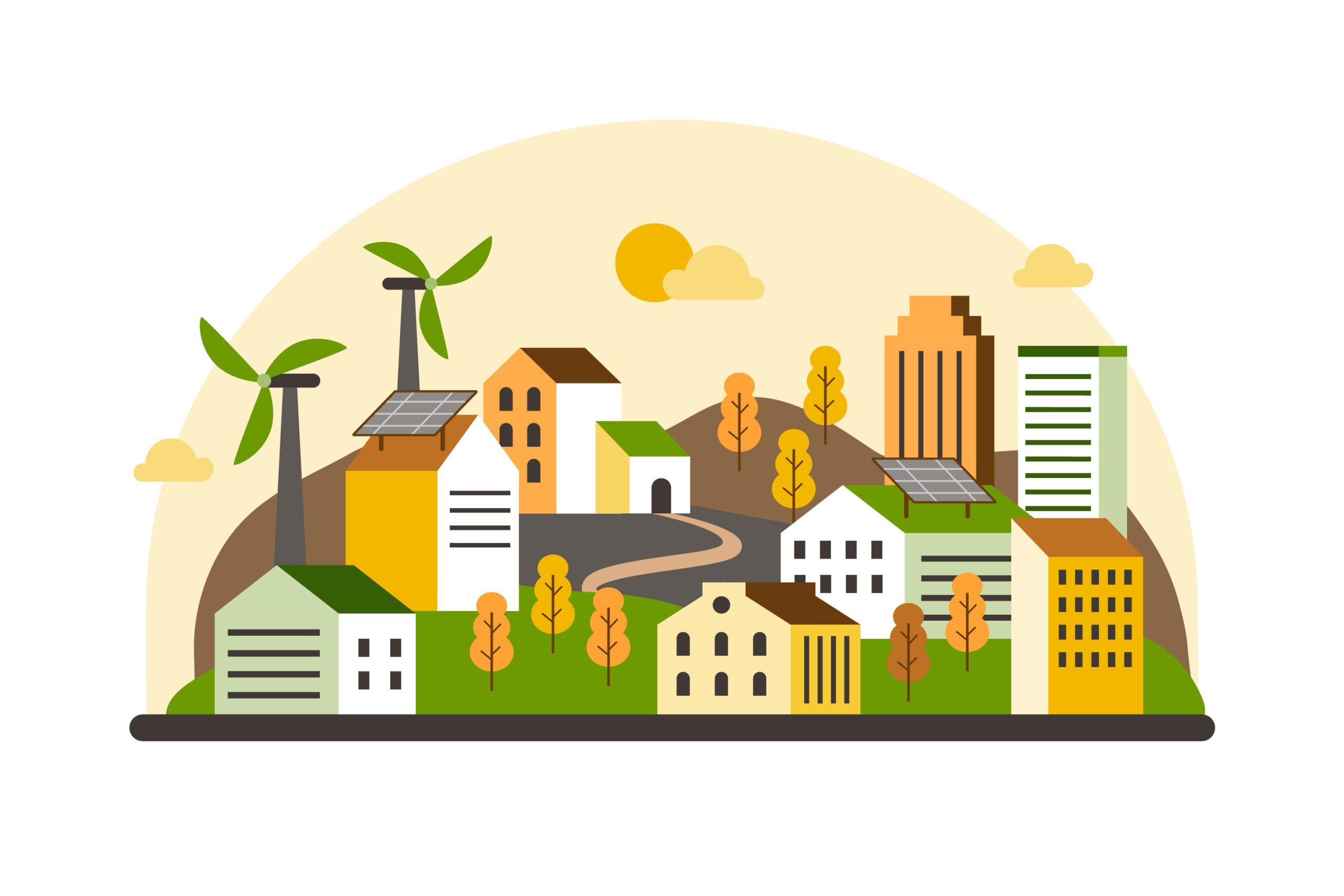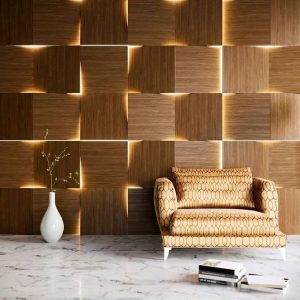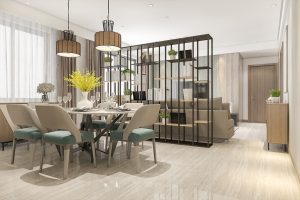Embarking on the journey to build your dream home is both exhilarating and demanding. A meticulously crafted plan is essential to transform your vision into a tangible reality. This comprehensive guide will navigate you through each phase of the process, ensuring your dream home embodies your aspirations while maintaining functionality and sustainability.
Constructing your dream home is a monumental endeavor that requires careful planning and execution. A well-structured approach not only streamlines the process but also mitigates potential challenges, leading to a successful and rewarding outcome.
Importance of Planning Your Dream Home
Thorough planning serves as the foundation of any successful construction project. It allows you to anticipate challenges, allocate resources efficiently, and make informed decisions that align with your long-term goals.

How a Well-Structured Guide Ensures Success
Adhering to a step-by-step guide provides clarity and direction, ensuring that each aspect of the project is addressed systematically. This structured approach minimizes errors and keeps the project on track.
Step 1: Define Your Vision
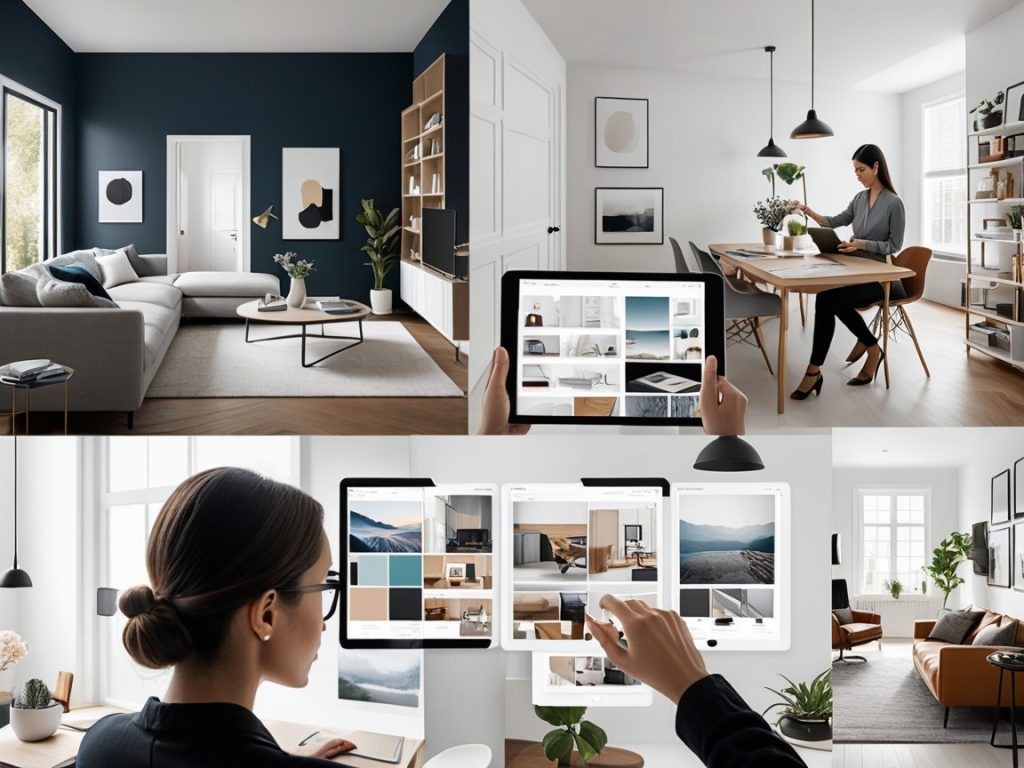
The initial step in creating your dream home is to articulate your vision clearly.
Identifying Your Lifestyle Needs
Consider your daily routines, family dynamics, and personal preferences. Determine the number of bedrooms and bathrooms required, the necessity for dedicated workspaces, and areas for entertainment and relaxation.
Visualizing Design Concepts
Explore various architectural styles and home designs that resonate with your aesthetic preferences. Create mood boards or digital collections to visualize how different elements come together.
Collaborating with an Interior Designer to Achieve Aesthetic Goals
Engaging an interior designer early in the process ensures that your aesthetic aspirations are seamlessly integrated into the architectural plans. Their expertise can help harmonize functionality with visual appeal.
Step 2: Budget Planning

Establishing a realistic budget is crucial for the project’s success.
Understanding Construction Costs and Expenses
Break down the costs associated with land acquisition, design fees, permits, building materials, labor, and landscaping. Factor in a contingency fund to address unforeseen expenses.
Allocating Resources for High-Quality Materials
Investing in high-quality, durable building materials enhances the longevity and value of your home. Prioritize materials that offer both aesthetic appeal and structural integrity.
Managing Long-Term Costs for Maintenance and Utilities
Consider the long-term implications of your choices, including maintenance requirements and energy consumption. Opt for energy-efficient systems and sustainable materials to reduce future expenses.
Step 3: Choosing the Right Location
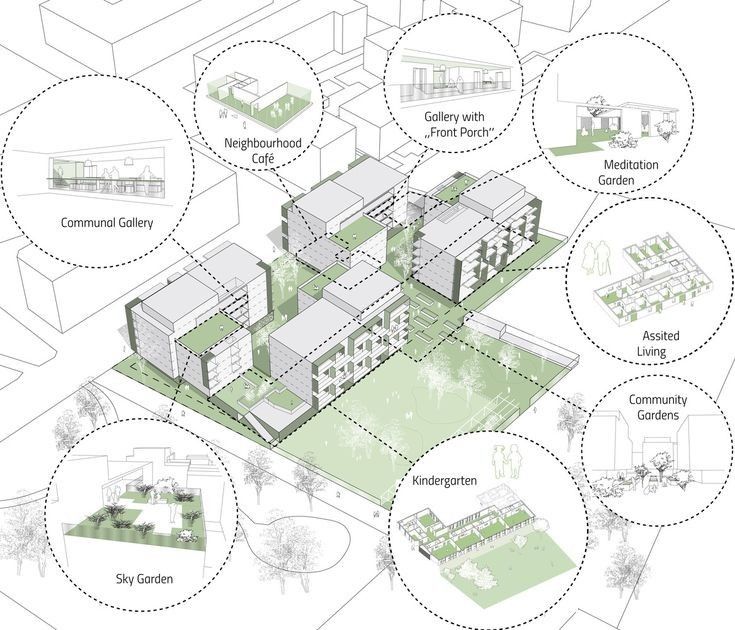
The location of your home significantly influences your quality of life and property value.
Researching Neighborhoods
Evaluate neighborhoods based on factors such as safety, school quality, community amenities, and future development plans. Visit potential areas at different times to gauge the environment.
Considering Proximity to Local Authorities and Services
Proximity to essential services like hospitals, fire stations, and police departments can impact both convenience and safety. Additionally, understanding local regulations and building codes is vital.
Evaluating Accessibility and Future Development Plans
Assess the accessibility of the location concerning major highways, public transportation, and employment hubs. Research planned infrastructure projects that could affect the area’s desirability.
Step 4: Designing Your Home
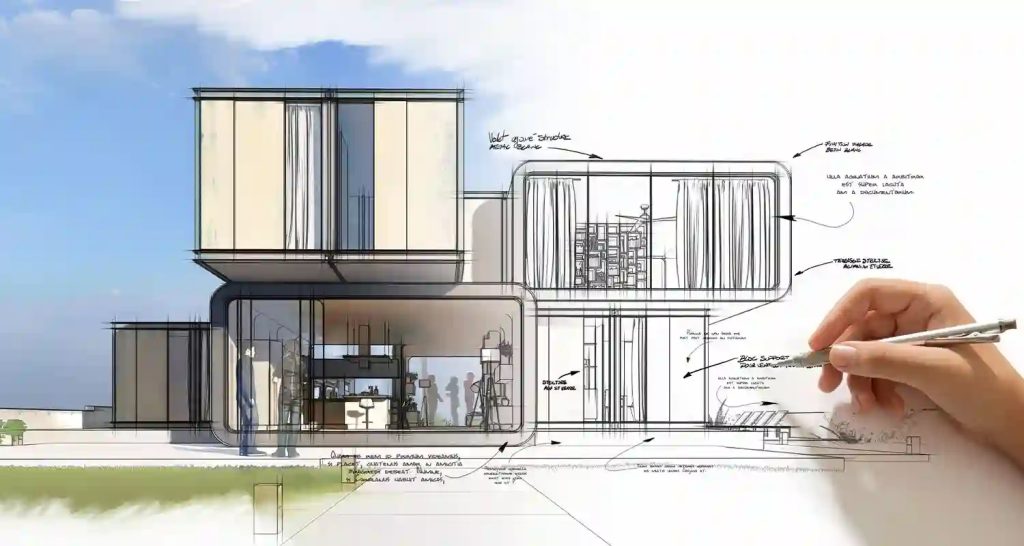
The design phase translates your vision into actionable plans.
Working with Architects and Architectural Styles
Collaborate with architects to develop designs that reflect your preferences and functional needs. Explore various architectural styles to find one that aligns with your vision.
Incorporating Natural Light for Energy Efficiency
Designing spaces that maximize natural light reduces reliance on artificial lighting and enhances energy efficiency. Strategically placed windows and skylights can achieve this effect.
Balancing Functionality with Storage Solutions
Integrate smart storage solutions to maintain a clutter-free environment. Consider built-in cabinetry, under-stair storage, and multi-functional furniture to optimize space.
Step 5: Building Materials and Construction
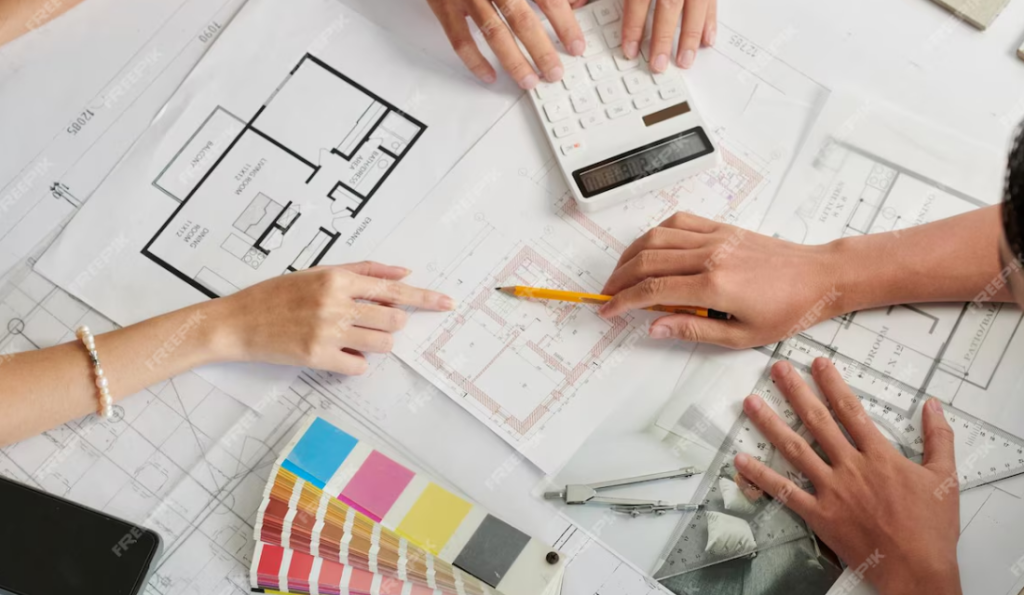
Selecting appropriate materials and managing the construction process are pivotal to the project’s success.
Selecting Durable and Sustainable Building Materials
Choose materials that offer durability and sustainability. Options like reclaimed wood, recycled metal, and low-VOC paints contribute to an eco-friendly home.
Finding Reliable Construction Teams
Engage reputable contractors with a proven track record. Review their previous projects, check references, and ensure they understand your vision and expectations.
Navigating Building Codes and Permits
Familiarize yourself with local building codes and obtain necessary permits before commencing construction. Compliance ensures safety and prevents legal complications.
Step 6: Interior Design and Finishing Touches

The interior design phase personalizes your space, reflecting your style and preferences.
Creating Inviting Spaces with Home Design Principles
Apply design principles such as balance, contrast, and rhythm to create harmonious and inviting spaces. Select color palettes and textures that evoke the desired ambiance.
Utilizing Energy Efficiency Techniques for Sustainability
Incorporate energy-efficient appliances, proper insulation, and sustainable materials to enhance your home’s sustainability. These choices contribute to environmental conservation and cost savings.
Designing Each Room: Kitchen, Living Room, Bedroom, and Outdoor Areas
- Kitchen: Focus on functionality with ample counter space, modern appliances, and efficient storage.
- Living Room: Create a comfortable gathering space with appropriate seating, lighting, and décor.
- Bedroom: Design a restful retreat with soothing colors, quality bedding, and minimal distractions.
- Outdoor Areas: Develop outdoor spaces that extend your living area, such as patios, gardens, or decks, enhancing relaxation and entertainment options.
Step 7: Bringing It All Together

Bringing all elements together ensures a smooth transition from planning to reality.
Creating a Detailed Project Timeline
Establish a clear timeline that outlines each phase of the construction process. Consider potential delays and set realistic deadlines.
Ensuring Quality Control and Inspections
Regular site inspections help maintain high standards and identify any issues early. Work closely with construction teams to ensure adherence to approved plans.
Finalizing Details to Turn Your Vision into Reality
Add personal touches to reflect your style and preferences. Ensure all utilities, fixtures, and finishes are properly installed and tested.
Tips for a Successful Dream Home Project
- Prioritize Functionality Over Trends: Opt for timeless designs and practical features that enhance everyday living.
- Use Step-by-Step Checklists to Stay Organized: Maintain a checklist to track progress and manage tasks efficiently.
- Collaborate with Trusted Professionals: Engage experienced architects, builders, and interior designers to achieve the best results.
Common Mistakes to Avoid
- Underestimating Construction Costs: Unexpected expenses can arise; always budget for contingencies.
- Overlooking Storage and Space Optimization: Incorporate smart storage solutions from the outset.
- Ignoring Future Expansion Needs: Plan for future growth to avoid costly renovations later.
Final Thoughts
Building your dream home requires careful planning, patience, and the right expertise to bring your vision to life. By following a structured approach, from defining your needs to selecting high-quality materials and working with experienced professionals, you can create a space that balances aesthetics, functionality, and long-term sustainability.
Whether you’re exploring architectural consultancy services in Gurgaon, seeking guidance from top architects in Gurgaon, or collaborating with architecture firms in Gurgaon, the right team can make all the difference in turning your dream home into reality. With meticulous planning and the right experts by your side, you can build a home that truly reflects your aspirations and lifestyle.
FAQs
- How can I manage my budget effectively while building my dream home?
To manage your budget effectively, start by prioritizing essential elements such as structural integrity, plumbing, and electrical work. Allocate a contingency fund of at least 10-15% of your budget to cover unexpected expenses. Additionally, consider DIY options for smaller projects like painting or landscaping to reduce costs. Consulting experienced architecture firms in Gurgaon can also help optimize your budget with cost-effective yet high-quality solutions.
- What are the best building materials for a durable home?
Choosing the right building materials ensures long-term durability and structural strength. Concrete, brick, and treated wood are excellent choices for weather resistance and longevity. Additionally, materials like steel, fiber cement, and high-quality glass enhance durability while offering modern design flexibility. If you’re looking for expert recommendations, top architects in Gurgaon can provide insights on the best materials suited for your location and climate.
- How can I improve energy efficiency in my home?
Enhancing energy efficiency starts with proper insulation, which reduces heating and cooling costs. Installing solar panels can generate renewable energy, lowering electricity bills over time. Additionally, choosing LED lighting, energy-efficient appliances, and smart thermostats can significantly reduce energy consumption. If you’re designing a home with sustainability in mind, consulting architectural consultancy services in Gurgaon can help integrate eco-friendly solutions into your design.
- Is hiring an interior designer necessary?
While not mandatory, hiring an interior designer can greatly enhance the functionality and aesthetics of your space. A professional designer can help optimize layouts, choose the right color schemes, and ensure your home reflects your personal style. They also assist in selecting furniture, lighting, and decor that complement your architectural design while maximizing space efficiency.
- How long does the process take to build a dream home?
The time required to build your dream home varies depending on factors like design complexity, location, and construction teams. On average, the process takes between 6 months to 2 years. Proper planning, timely approvals from local authorities, and working with reliable construction teams can help strea mline the process and avoid unnecessary delays.

